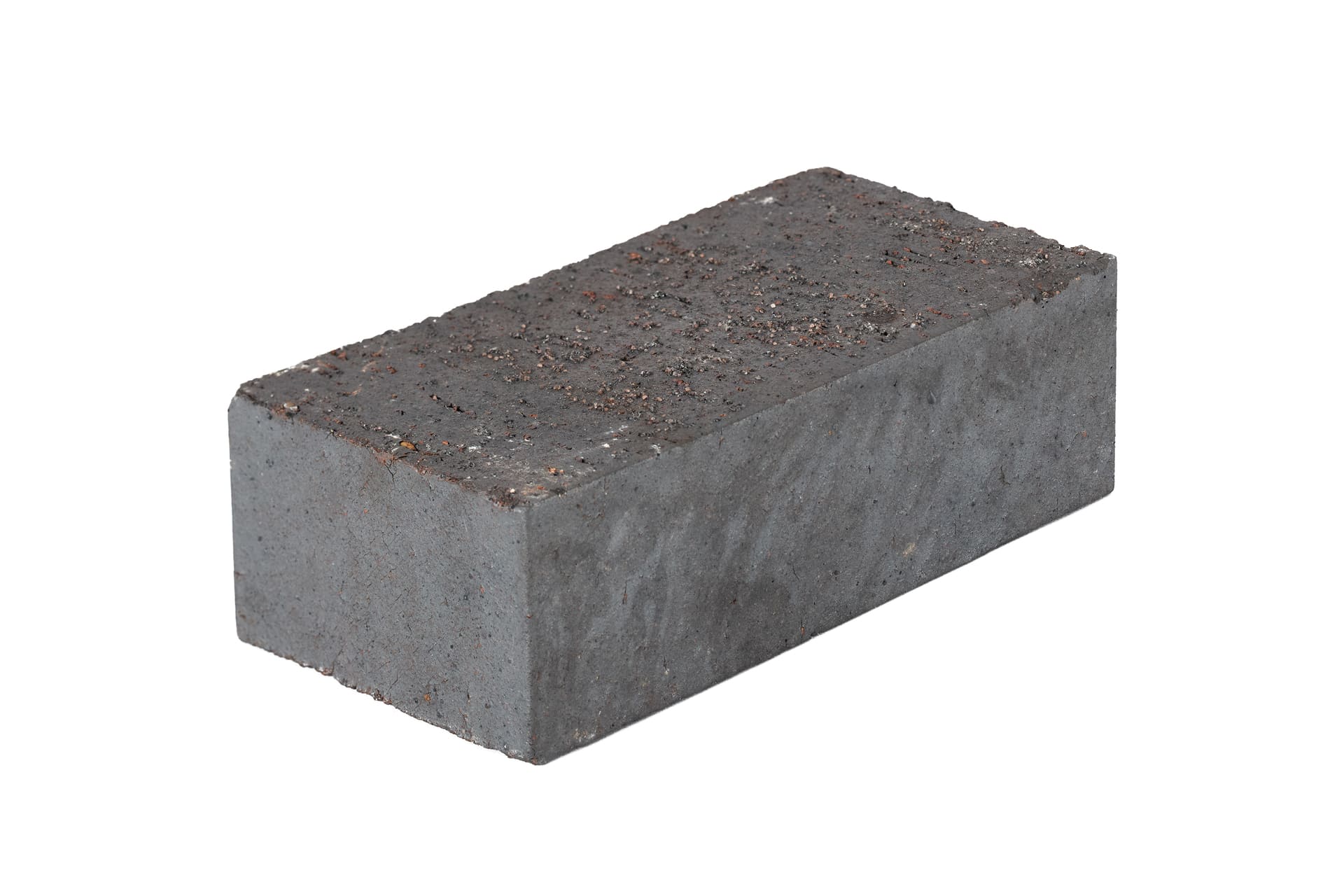Engineering Bricks
(6 Products)Engineering bricks are renowned for their remarkable compressive strength, acid resistance and water absorption. Boasting a smooth finish, these durable bricks feature perforations extending from top to bottom and come in two varieties: Class A or B. The distinctions between the two primarily lie in how robust they are. We stock an extensive range of durable Class B engineering bricks - available in both blue and red.
What Are Engineering Bricks?
Within the construction industry, engineering bricks are valued for their physical properties as opposed to their aesthetic qualities. A few physical characteristics that engineering bricks boast are high compressive strength and low water absorption.
Typically, engineering bricks are utilised where strength and acid/water resistance (low water porosity) is key. The bricks hold up against all forms of weathering, including frost attack.
Engineering Brick Applications
As a result of their high compressive strength and low water absorption, engineering bricks are adopted solely for their function, not their appearance.
Due to their impressive load-bearing qualities, engineering bricks are commonly utilised within the lower levels of brick buildings where strength is essential.
However, their primary application is within water-based construction projects such as groundworks and sewers. Engineering bricks are suitable for application in the following constructions:
- Wall applications - retaining walls
- Damp proof courses - suitable for use in damp-proof course when used alongside a damp-proofing membrane
- Manholes
- Sewers
- Groundworks
Frequently Asked Engineering Bricks Questions
What's The Difference Between Red & Blue Engineering Bricks?
Don't be fooled: there is no one-size-fits-all approach to distinguishing engineering bricks classifications by their colour.
The red and blue bricks we stock at Materials Market do not differ in performance.
You can find both blue Class A and red Class B engineering bricks in today's market, debunking the widely held perception that all Class A is blue and all Class B engineering brick variants must be of a different colour.
What's The Difference Between Class A and Class B Engineering Bricks?
Class A engineering bricks
- Compressive strength greater than 125N/mm²
- Water absorption less than 4.5 percent
Class B engineering bricks
- Compressive strength greater than 75N/mm²
- Water absorption less than 7 percent
What Are Some Common Types of Bricks & Blocks?
When building a masonry project, you'll likely come across the following building materials:
- Breeze blocks - These blocks are perfect for warm climates, allowing air to filter through them.
- Engineering bricks - Crafted to support extreme loads, this product is designed for maximum durability.
- Facing brick - Facing bricks are engineered to be visible in a structure.
- Solid concrete blocks - Suitable for internal load bearing walls as well as beam and block flooring.
What Are Engineering Bricks Made Of?
Engineering bricks are made from clay, similar to facing bricks. However, engineering bricks are subjected to higher temperatures during production resulting in a sturdier and watertight brick.
What Are The Holes In Engineering Bricks Called?
Engineering bricks have two distinct types of holes: core and frogs.
- Frog holes are attractive indentations on one side, giving the brick a smooth surface after installation.
- Core hole bricks showcase three exact holes in the centre of each brick. When these holes are packed with mortar, they'll act as an interlocking system, knitting the bricks closely against one another.










